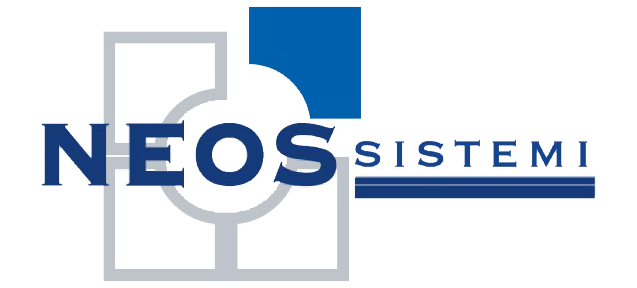7 May 2025

In this article we want to delve into the processing techniques of electronic boards, from design to production.
The production of electronic boards is a complex process that involves several advanced techniques.
In this article, we will explore how electronic boards are designed and produced, illustrating the crucial stages of the process that make them essential components in a wide range of applications.
Le fasi:
- Printed Circuit Board (PCB) Design: The first step in creating an electronic board is the printed circuit board (PCB) design. Electronic designers create a pattern that connects the various components (resistors, capacitors, microchips) via conductive traces. Designing requires advanced software and a deep knowledge of electronics.
- Printing the circuit and making the PCB: Once the circuit has been designed, the PCB is produced. This phase consists of printing the conductive traces on a board made of insulating material (usually glass fiber). The traces are made through a chemical process in which acids are used to remove the unwanted material and leave only the copper traces.
- Assembling the electronic components: Once the PCB is ready, the electronic components are assembled. There are two main techniques for this process:
- SMT (Surface Mount Technology): The components are soldered directly to the surface of the board.
- THT (Through Hole Technology): The components are inserted into holes drilled in the board and soldered on both sides.
- Soldering and Testing: The final stage of assembly is soldering the electronic components to the board. After the soldering process, each board is tested to ensure that all connections are made correctly and that the board functions as expected.
Le tecniche di lavorazione delle schede elettroniche sono dei processi altamente tecnici che richiedono precisione e competenza. Ogni fase della produzione è fondamentale per garantire che le schede funzionino correttamente.
Scopri le tecniche di lavorazione che applichiamo in Neos Sistemi QUI.

